Hi Guys I've made some progress on my Battleground Vehicles M3 Lee Kit. This 1/6th scale kit can be found on the following website http://www.plasticpanzers.8k.com/ . The kit is made out of a material called Roto Molded Plastic. This material is the same material that plastic gas Cans and garbage cans are made of. the material is very light, and is very durable. The kit contains a hollow one piece upper and lower hull, and a hollow one piece turret. The kit also comprises of many resin components including a Resin copula, hatches and gun mantlet. The kit also comes with a Rotomold M4 Non functional VVSS suspension, and ABS Early VVSS Rubber block track links. The kit VVSS will not be used, in it's place I will be using my own Functional Resin M3 Lee VVSS suspension. These models have very basic detailing.
These roto molded models take a little elbow grease, but when they are completed they can be very nice large scale models. I have built several of the battle ground vehicle kits including three of their M10s, two M4s, and his Puma.
http://eastcoastarmory.com/can_opener.htm
http://eastcoastarmory.com/palooka.htm
http://eastcoastarmory.com/puma/puma.htm
Raw BG Kit

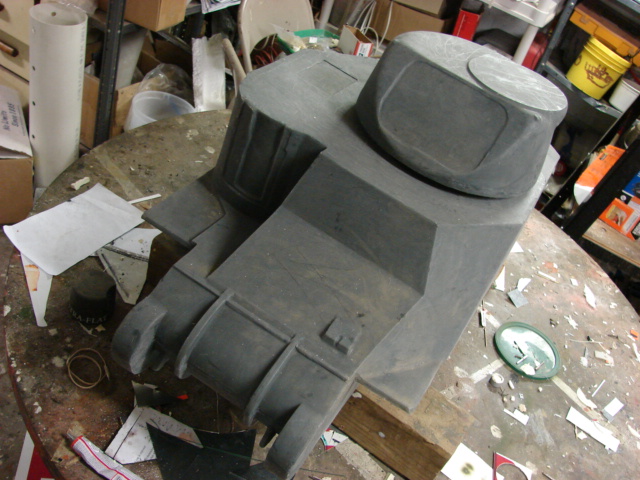
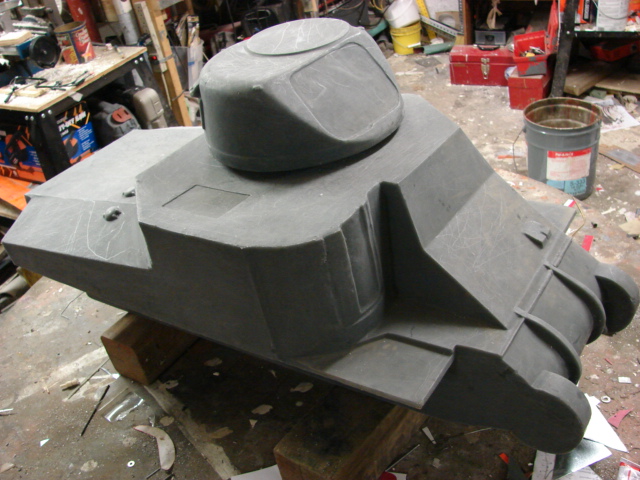
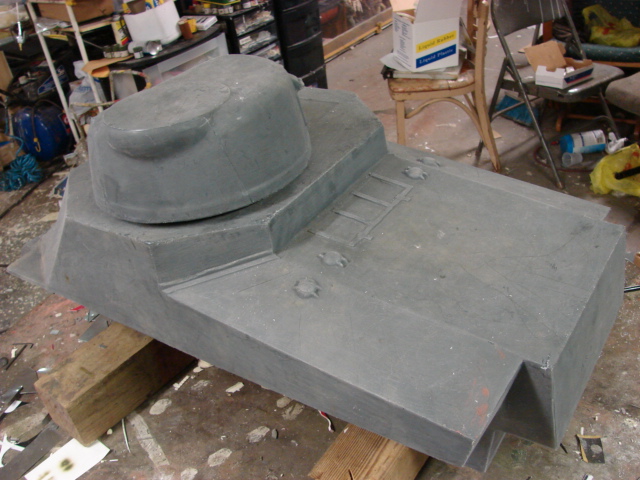

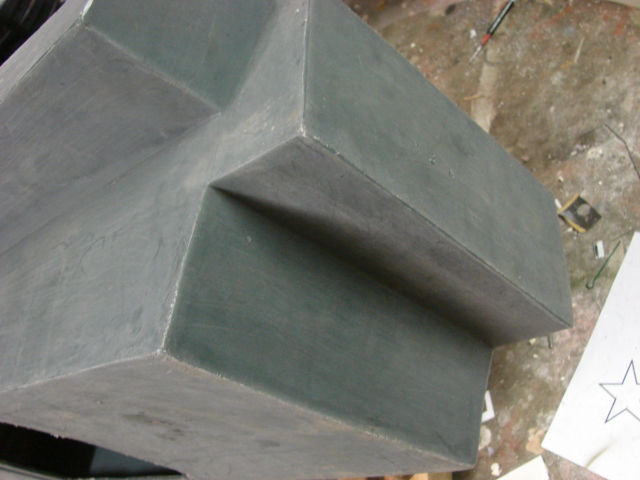
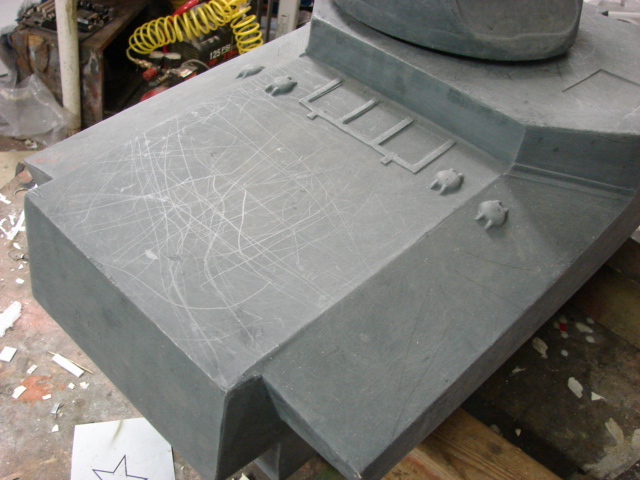

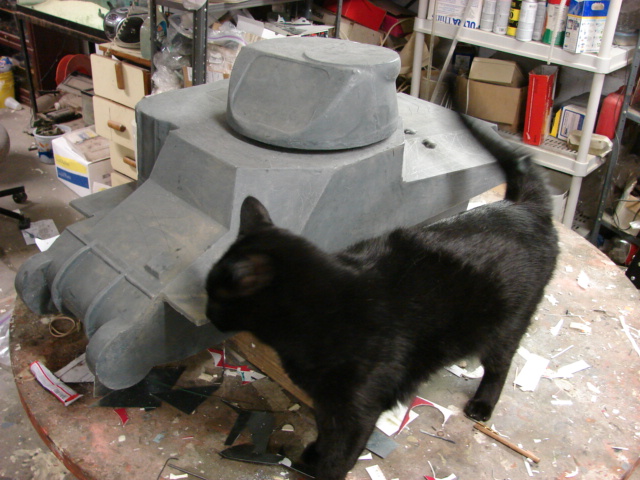
As with my other Rotomold models I had to remove the molded in details, and I needed to cut away several panels of the hull.
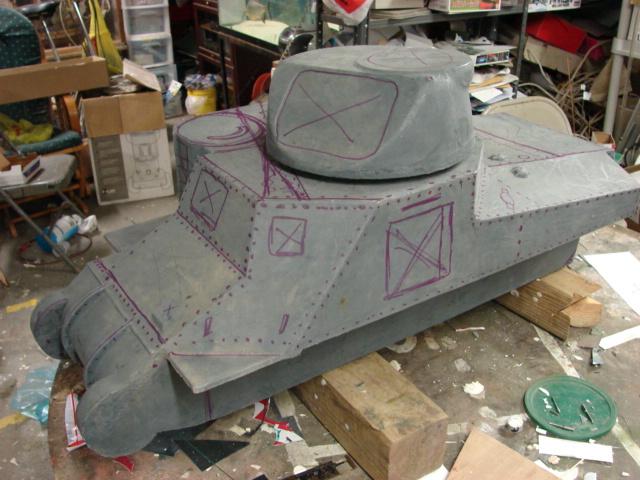
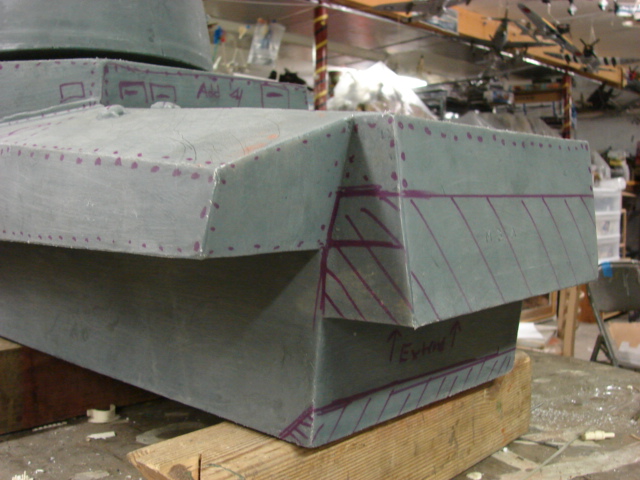
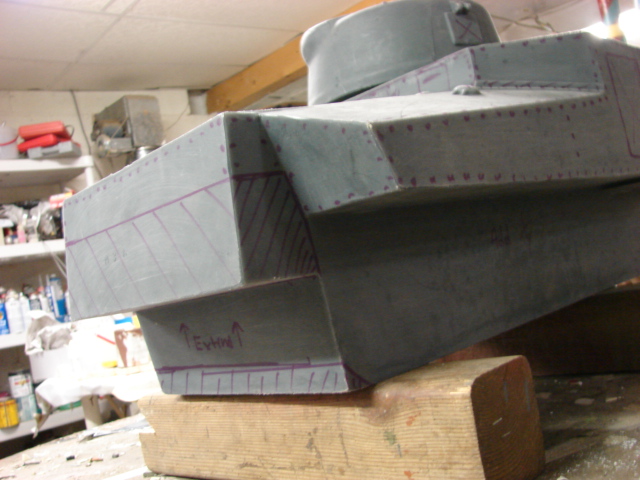

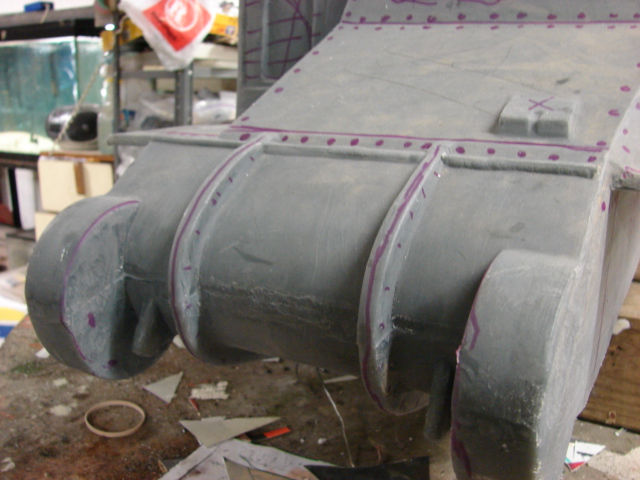
To cut out the parts, and to engrave the panel lines on these rotomold models I used a new tool from Dremel. It's called the Multi-Max. I also used this tool on the Viper which I had excellent results. Unlike most tools this tool uses oscillation to cut and to sand. I can simply plunge the blade onto the tank's surface and the blade will penetrate and cut the material with ease cleanly, and with much precision. The tool not only works on Rotomold, but works just as good on Plastic, wood, Resin, and Fiberglass. I recommend it for anyone who wants to build a 1/6th scale tank!
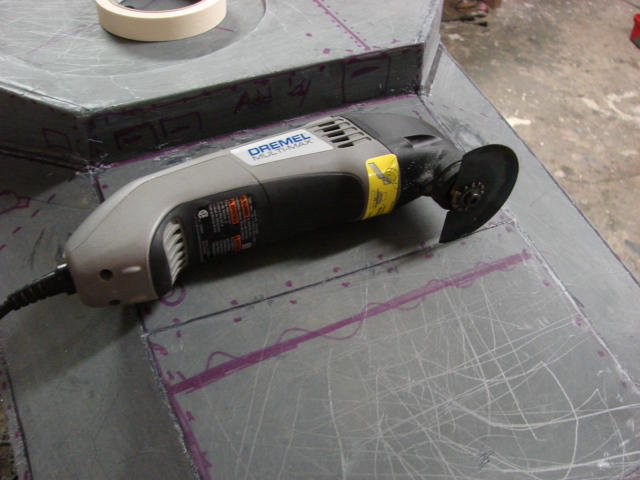
The tank's Rear wall needed to be removed and replaced. A new wall was fabricated out of 1/4 inch plywood. and fastened into place with glues and fasteners.
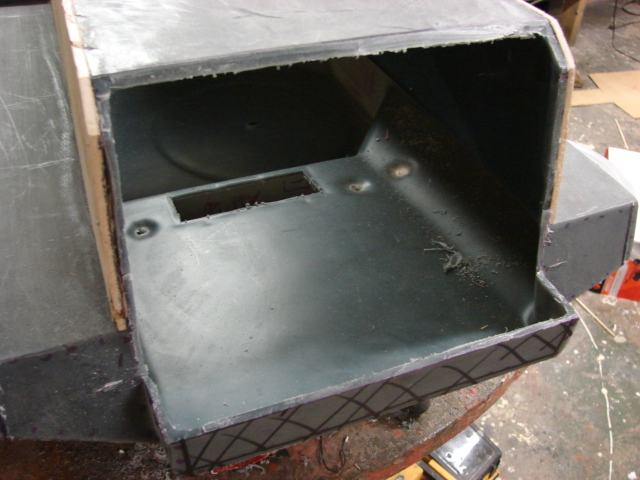
The Stock Kit lower hull rear is squared off and is missing the angle plate that connects the lower hull plate to the rear hull plate. The angle was cut into the tank's hull and a new plate was fabricated out of a scrap rotomold plate.
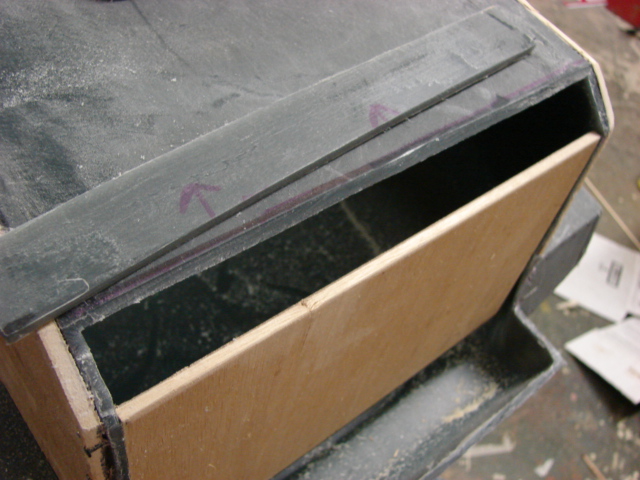
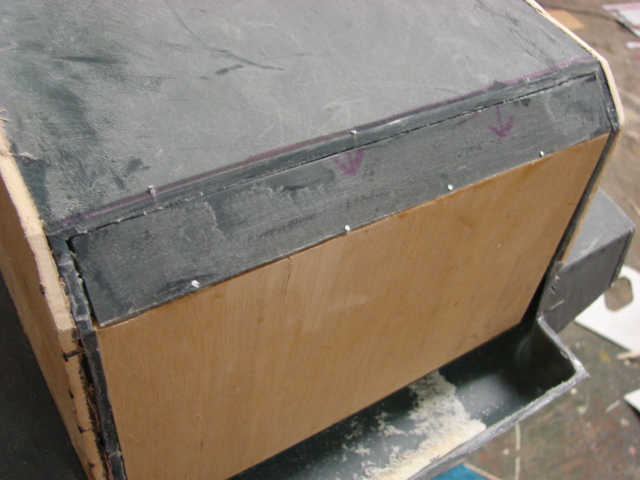
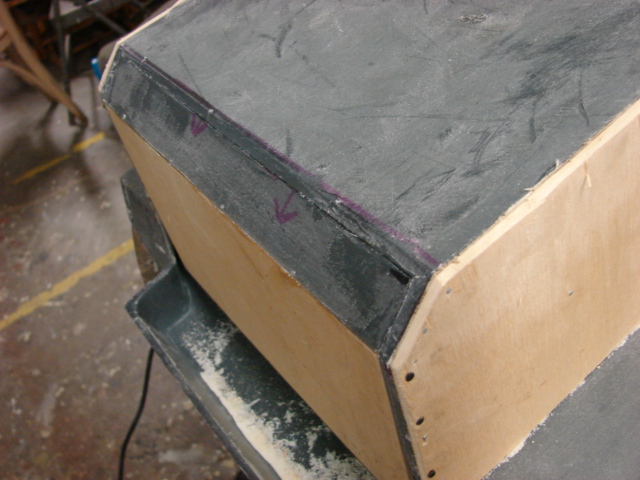
The tank's lower hull is flush with the transmission cover. On the M3/M4 series of tanks the transmission cover is recessed into the tanks hull. To replicate this I plated the entire lower hull up to the transmission cover with 1/4 inch thick plywood. is a common trick that I preform to all of my rotomold M4 based vehicles.
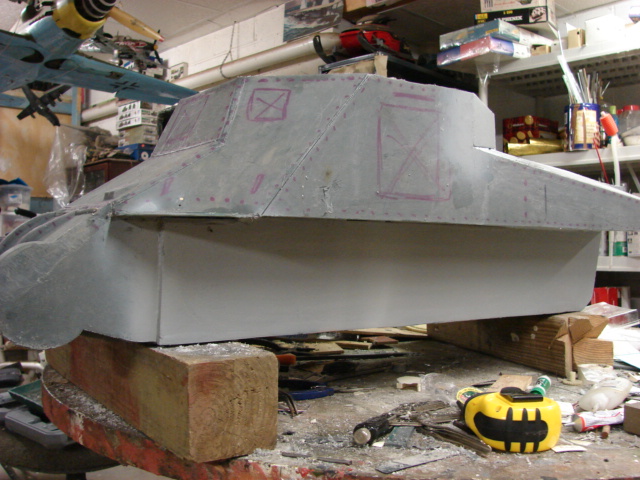
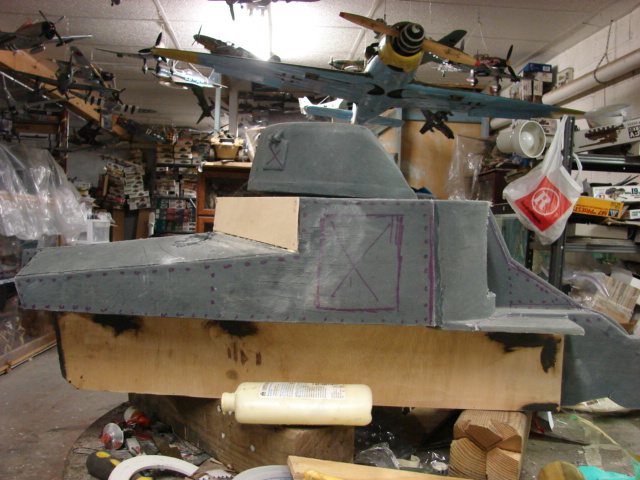
The tank's upper hull roof rear armored plate needed to be extended by about an inch and a quarter. This was done by building up the plate with several layers of plywood. The two corner angled plates also needed to be adjusted to meet up with the new rear wall. This was done by adding two plywood panels that connected the side wall with the new rear armored plate. Doing this leaves a gap between the new armored plate and the tank's hull. These gaps were filed in with body filler.
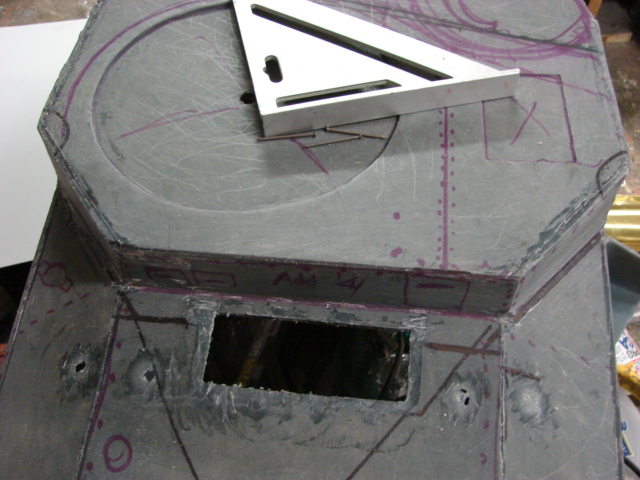
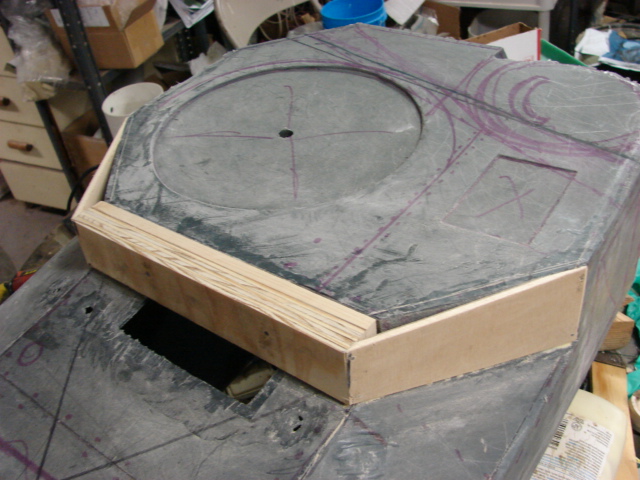
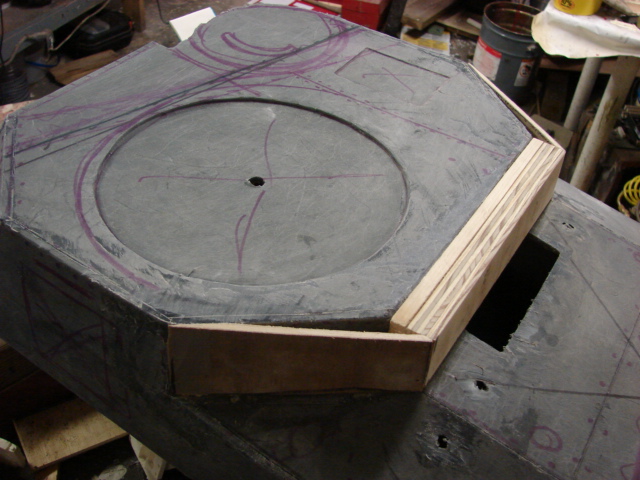
This modification allows the turret to be placed more towards the rear and to the left, giving the tank more room on the roof.
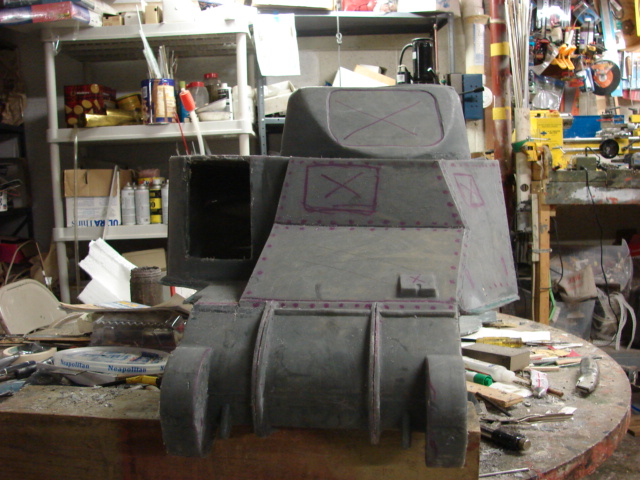
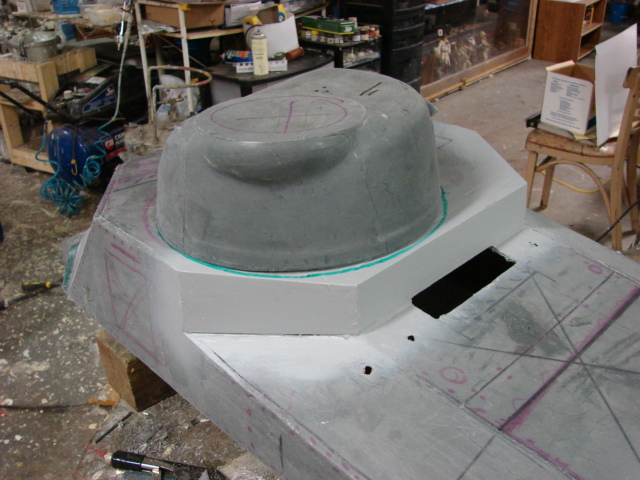
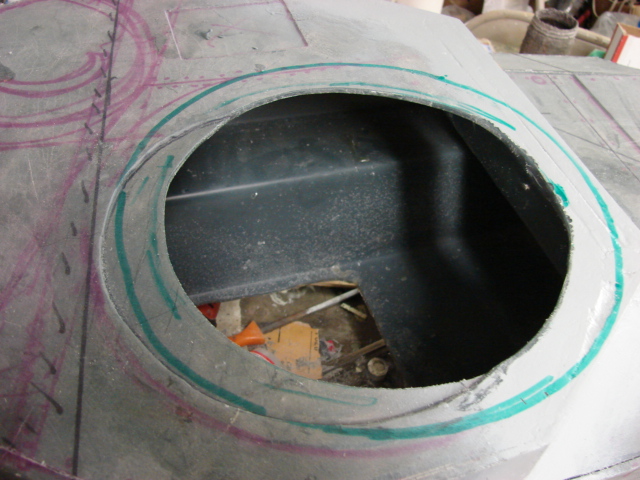

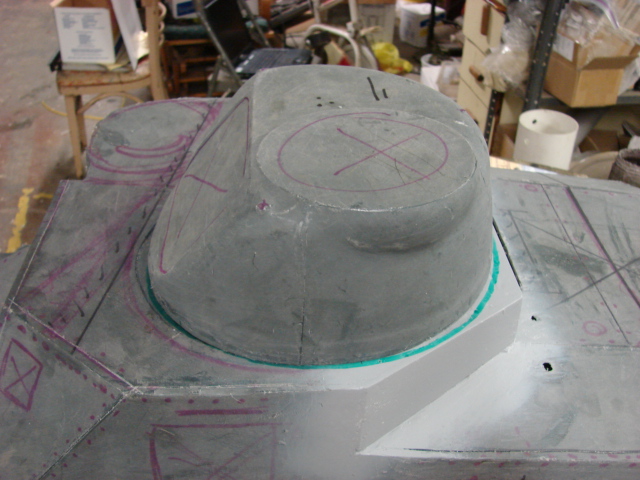
The tank's rear engine deck also needed to be extended by about 3/4 of an inch. This was done by extending the current rear plate with rotomold plastic, and plywood. The tank's engine deck will be re-plated with sheet styrene.
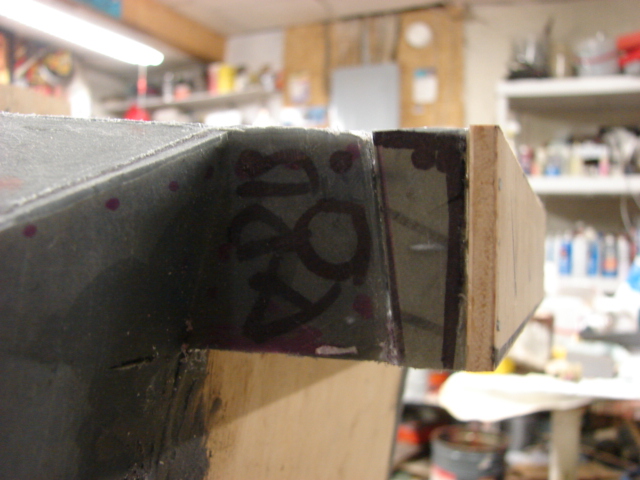
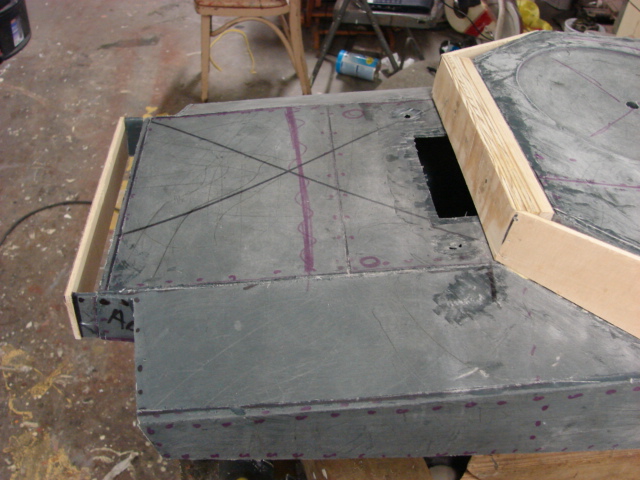
The tanks molded in fenders were removed leaving a hole in the sponson. These gaps were plated with scrap rotomold plastic, then sanded flush. In addition to glues, these parts were installed to the tank's hull with small screws and nuts.


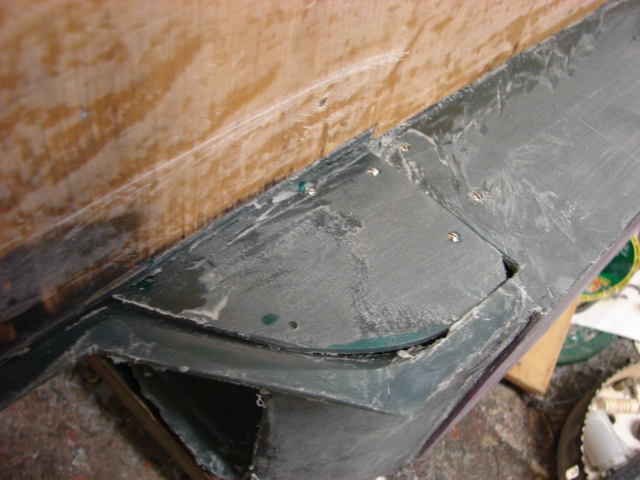

a small strip of the fender was left to act as a mounting point for the new metal fenders that will be fabricated later.
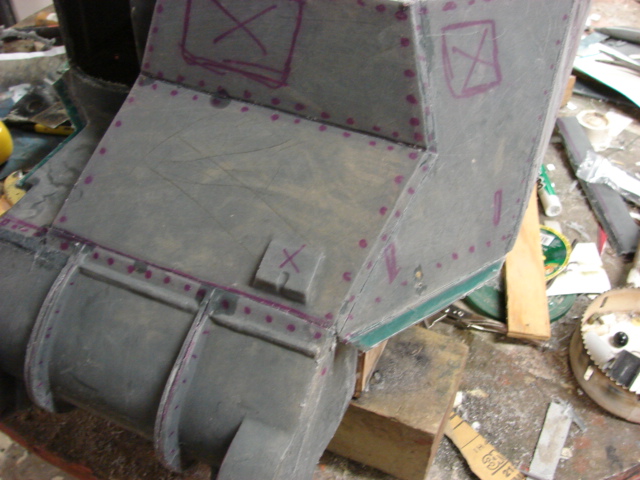
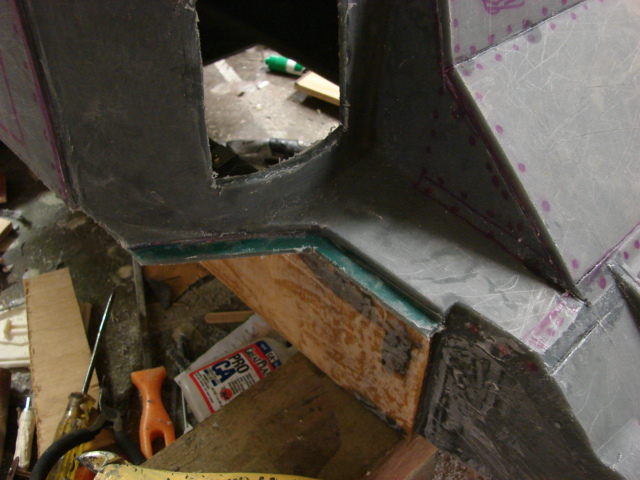
All Plywood that was used on this tank was thoroughly coated with fiberglass resin inside and out transforming the wood into plastic, eliminating the wood grain, and leaving a smooth surface. Now that the major body alterations are complete the next step will be to replace the tank's lower hull plate and the engine deck plate